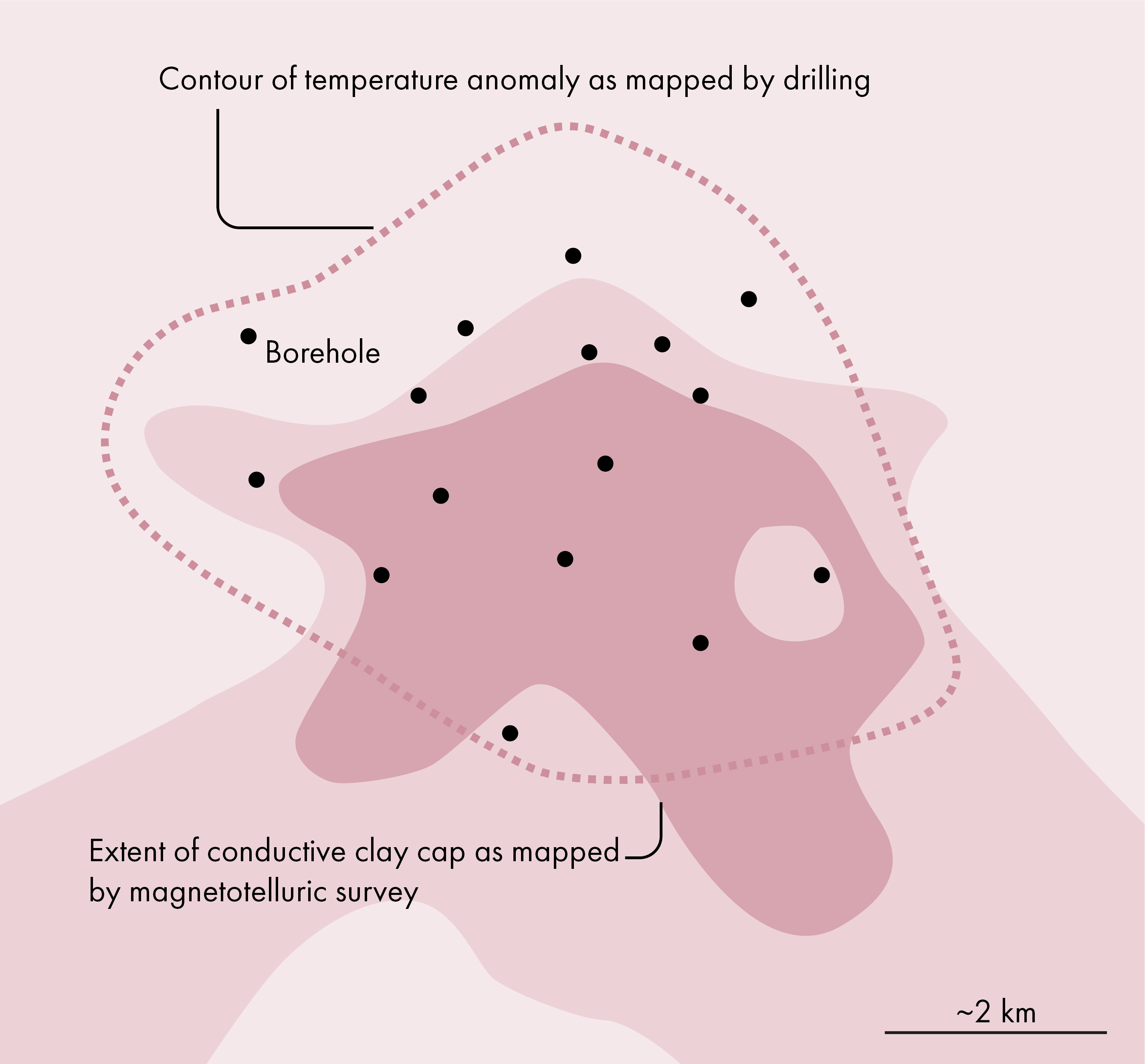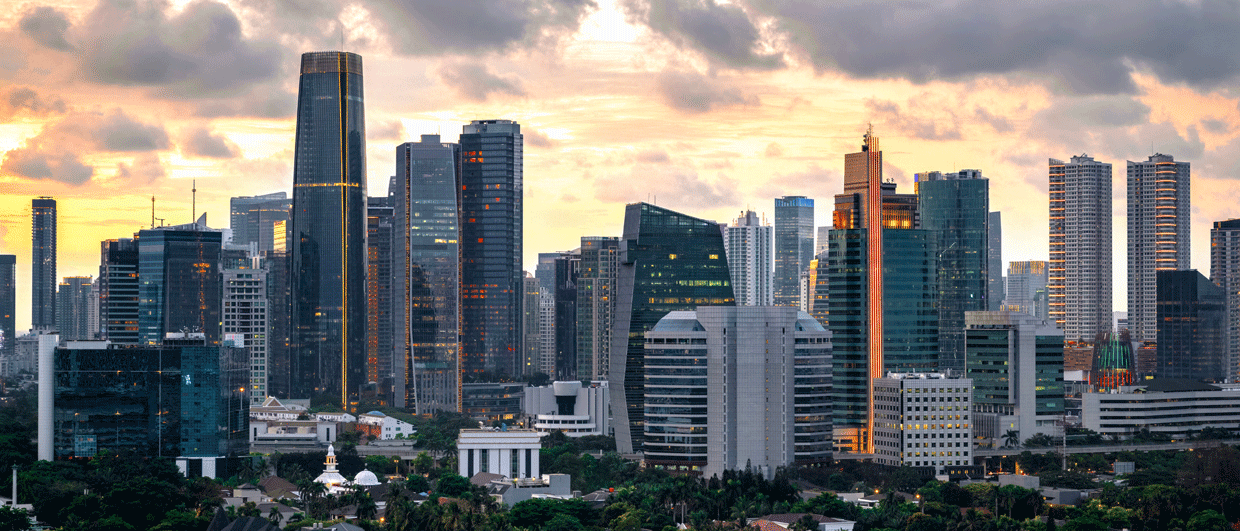“It kept me in the job”, said Elliot Yearsley when asked about scale and corrosion in geothermal wells by a participant during the recent Seapex Conference in Singapore.
Yearsley had just given a presentation on geothermal energy production and the various projects he worked on in the past. “Scale is certainly an issue, to an extent that it was common practice to have two rigs continuously in operation doing workovers”, Yearsley added as a reply to the question from the audience.
Despite this challenge related to scale and workovers required to keep geothermal wells flowing, Yearsley delivered a positive message to the audience in Singapore. “Geothermal is economic”, he said on multiple occasions, “and can really make significant money.” To illustrate this, he showed a basic calculation on the value of some geothermal fields.
Geothermal is economic and can really make significant money.
In 2019, the Awibengkok field in Java (Indonesia) had a capacity of 377 MW and a total reserve base of around 67,000 GWh. Using his 1.5 barrels per MWh rule of thumb, Yearsley calculates that this geothermal “field” hosts an equivalent of 100 MMboe. A 100 MMboe field is certainly a reasonably sized oil accumulation.
Another way of doing exploration
Yearsley’s talk addressed geothermal from a different angle compared to what is commonly done in low heat flow regions such as Northwest Europe. While geothermal exploration in Europe often comes with 2D or 3D seismic interpretation to map a potential reservoir, followed by drilling a single exploration well, the process to locate the highest temperatures in volcanically active areas works differently.

As Yearsley explained in his talk, there is often a conductive clay layer present on top of the geothermal reservoir. Magnetotelluric surveys are able to detect this clay layer, which can subsequently be used to map the geothermal “field”. The map shown here provides an example of this from the Awibengkok field.
Unlike oil and gas traps, that are often clearly identified on seismic, the outline of a geothermal reservoir in a volcanically active area needs to be further constrained through drilling. “Rather than using expensive deep boreholes, small diameter (4 inch) holes are often sufficient to map the temperature anomalies”, explained Yearsley. This does not implicate that these small diameter boreholes don’t go deep; exploration drilling into the Awibengkok field reached depths of around 2,500 m.
A new series
In the months to come, we will publish a series of articles from Elliot Yearsley, in which he will address key aspects of geothermal pumped wells such as subsurface characteristics, economics and energy calculations.





